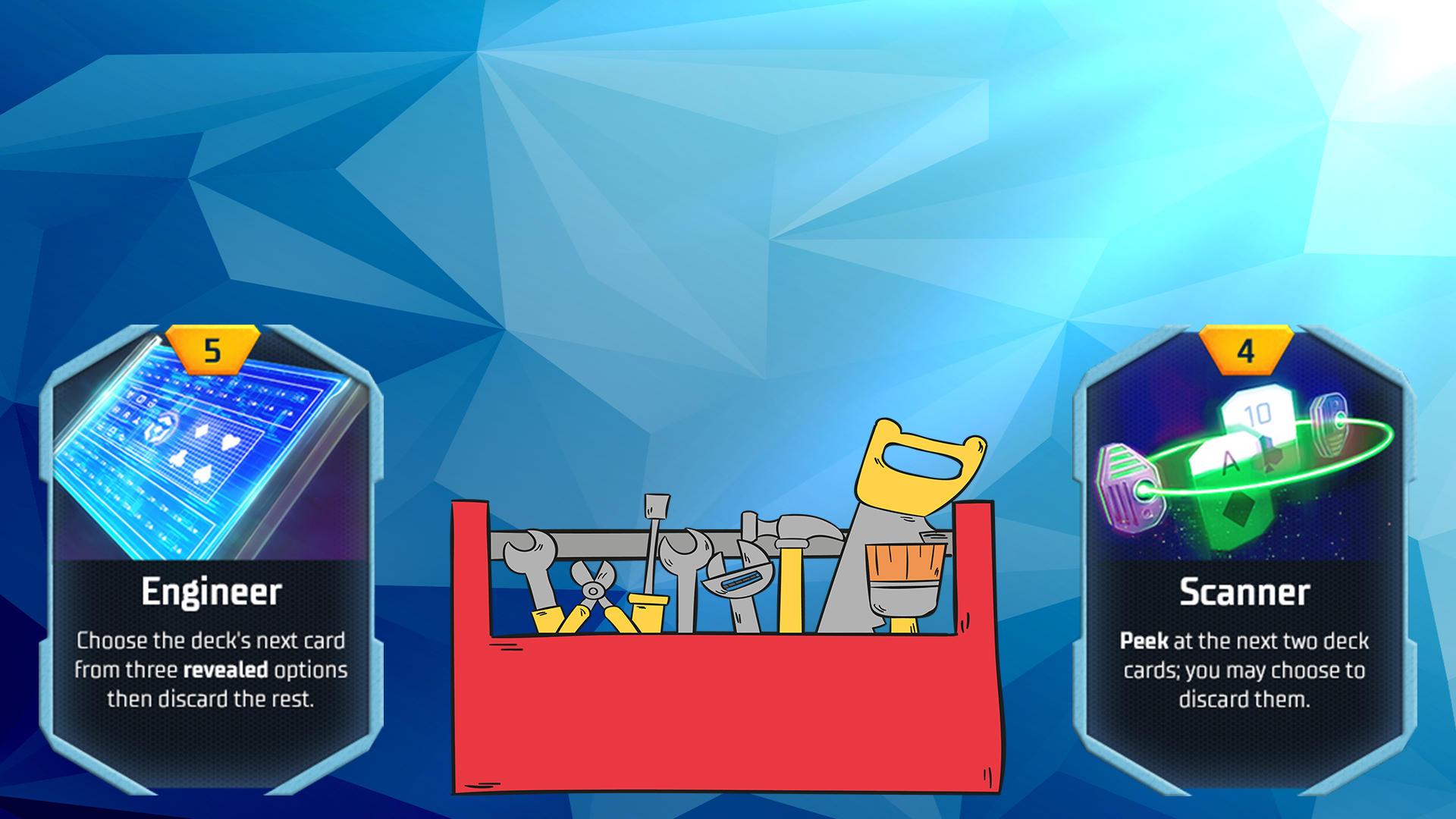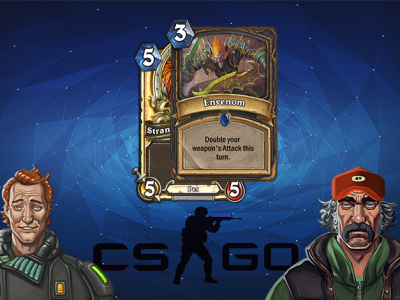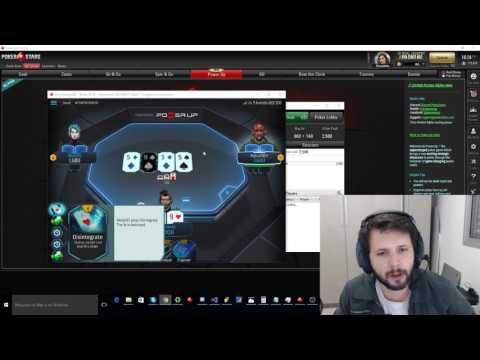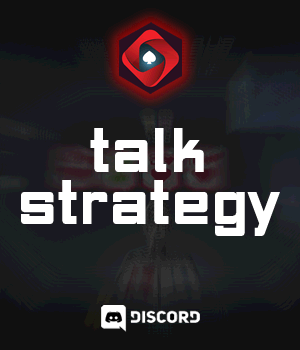20 games in, and I think I’m starting to see the light. Towards the end of my session to get that “magic” number of games under my belt, I was starting to read my opponents. Ok, “read” may be taking it a little far, but I made some calls, some folds and I even used power cards to my advantage based upon what I thought my opponent was holding. By Jove, I think I’ve got it!
But before I go claiming I am the new God of Power Up, let’s take it back a few steps. Over my 20 games, I won 9 of them. AS I said in my last article, I need a win percentage of 34% to earn a profit in these $1 games. 9 wins out of 20 is a win percentage of 45%. Over a large sample I could claim to be crushing these games. Alas, 20 games isn’t really a large sample. The issue with getting a larger number of games under my belt is the time it takes for each game of power up to play. MY 1st session saw an average game time of 12 minutes, 11 seconds. My second session saw an increase on that number to 13 minutes 33 seconds. It didn’t feel as though the games were running any longer, and the difference between the two sessions is probably more to do with the single hand game in the first session skewing the average.
Looking back at the games I played in my second session, I certainly wasn’t running badly, but lady luck wasn’t the only thing that saw me turn a profit. As I said before, I seem to be understanding the game better. Knowing when to protect a hand by disintegrating a card on the flop, or by changing the cards due to be dealt later in a hand, made a massive difference in how I was playing the game. My situational awareness in a hand has improved massively. I’m also starting to plan ahead, conserving my Energy for later hands rather than burning it, and my power cards, on hands where my chances of winning are slim to none.
This is probably the biggest factor in improving my game. I’m starting to automatically look at the energy and power cards available, not only for myself, but my opponents. I still think that having the power cards random and hidden takes the game too far away from a pure skill game, but with the general standard of play at these tables, my skill edge is enough to overcome this random factor. At least while the game is in it’s infancy.
That’s the issue right now. Most of the players at the Power Up tables are inexperienced. Not just at Power Up, as we all are, but at the basics of Poker. For a three-handed table, a lot of my opponents are not playing enough hands. Most of my opening raises from the button or small blind are getting folds, even when I’m doing it every round. I’m also able to check or call a minimum raise when I’m in the big blind with a really wide range of hands, letting me see a cheap flop. This has let me use power cards to control the hand when I connect with the cards in the middle. Chasing flushes and straights has won me big pots in these situations. This is working because most of my opponents are only using their power cards offensively and aren’t protecting made hands.
I’m going to have a look at how I’ve been using power cards to change the odds in my next article, but using these cards creatively has had a big impact in the way I’ve been playing. I’m starting to build a toolkit of plays that are making me a better Power up Player.
I think that’s my biggest takeaway from getting a decent number of games in. Power Up my have been based in poker, and poker knowledge is important, but it needs a whole new toolkit of plays and moves to be successful at. I’m starting to build that toolkit, and my plans for PlayPowerUp.com are to help you do the same.











